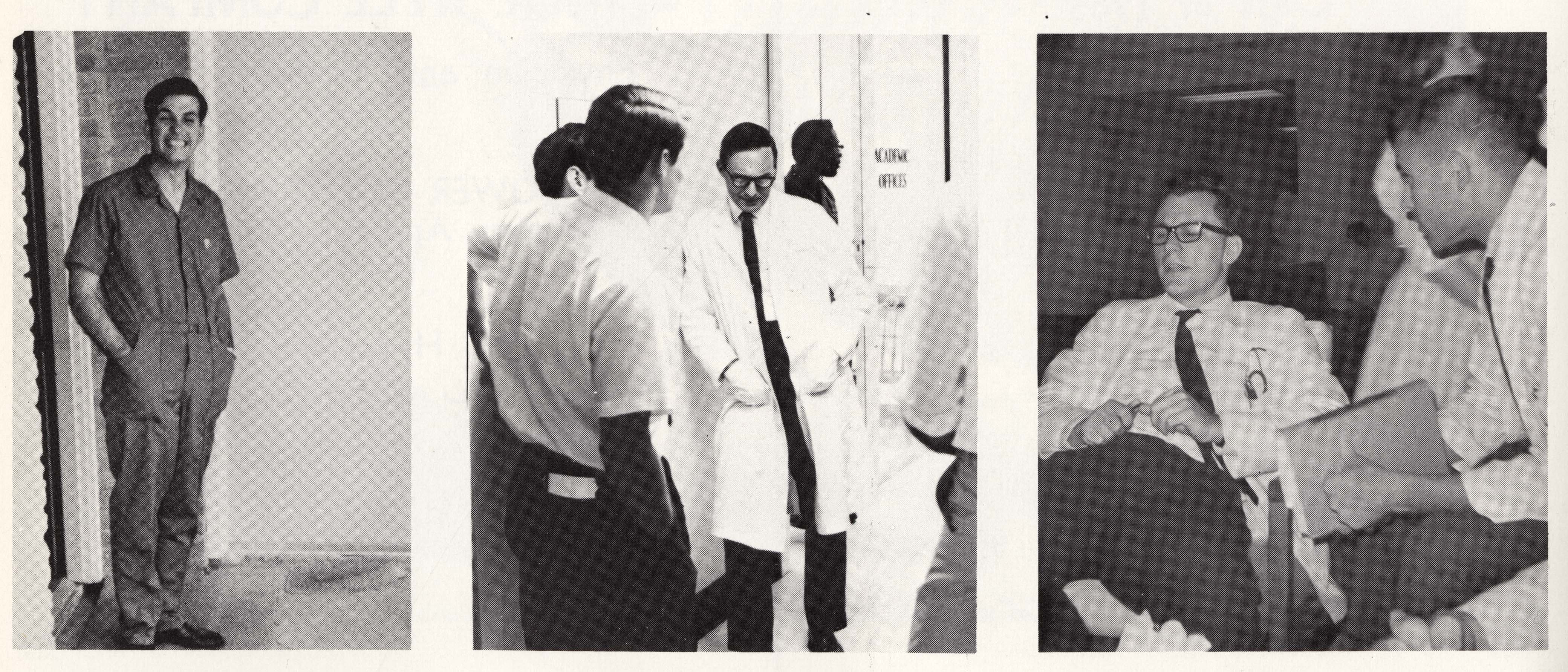Prevention best defense for West Nile Virus
 Just like most people know to put on sunscreen to prevent sunburn, easy steps can also help prevent the spread of West Nile Virus.
Just like most people know to put on sunscreen to prevent sunburn, easy steps can also help prevent the spread of West Nile Virus.
In Texas, taking precautions when you go outdoors is especially important.
In May, the Centers for Disease Control released a report that found approximately one-third of the total confirmed 5,674 West Nile Virus cases nationwide, including Puerto Rico, happened in the Lone Star State during 2012.
How does West Nile Virus spread?
The CDC notes that the virus is not spread through casual contact like touching or kissing a person with West Nile Virus.
However, it can be spread from bites from mosquitoes infected with the virus. It can also be contracted through blood transfusions, organ transplants, breastfeeding, or from mother to fetus during pregnancy, though rare.
What are the symptoms?
- No symptoms in most people. For 80 percent of people infected with West Nile, no symptoms are noticed.
- Mild symptoms for some people. Around 20 percent of those infected will develop a mild febrile illness, with symptoms that can include fatigue, headaches, fever, swollen lymph nodes and rash.
- Severe disease for few people. Less than one percent of the total people infected with West Nile Virus may develop a more severe disease known as neuroinvasive disease, which means the virus has invaded the central nervous system and is causing encephalitis, meningitis, and/or paralysis. Those with neuroinvasive disease may experience high fevers, muscle weakness, stiff neck, change in mental status including increased sleepiness and delirium, severe headaches, paralysis, nausea, vomiting, and seizures.
Learn more about West Nile Virus
- Read a Q&A from BCM’s Kristy Murray, associate professor of pediatrics at BCM, and Angelene Superable, research assistant in pediatrics at BCM. Both are part of the Baylor College of Medicine National School of Tropical Medicine.
- Baylor College of Medicine experts recommends patients with West Nile disease get screened for kidney disease.
–By Audrey M. Marks




Pingback: How to respond in aftermath of a snake bite